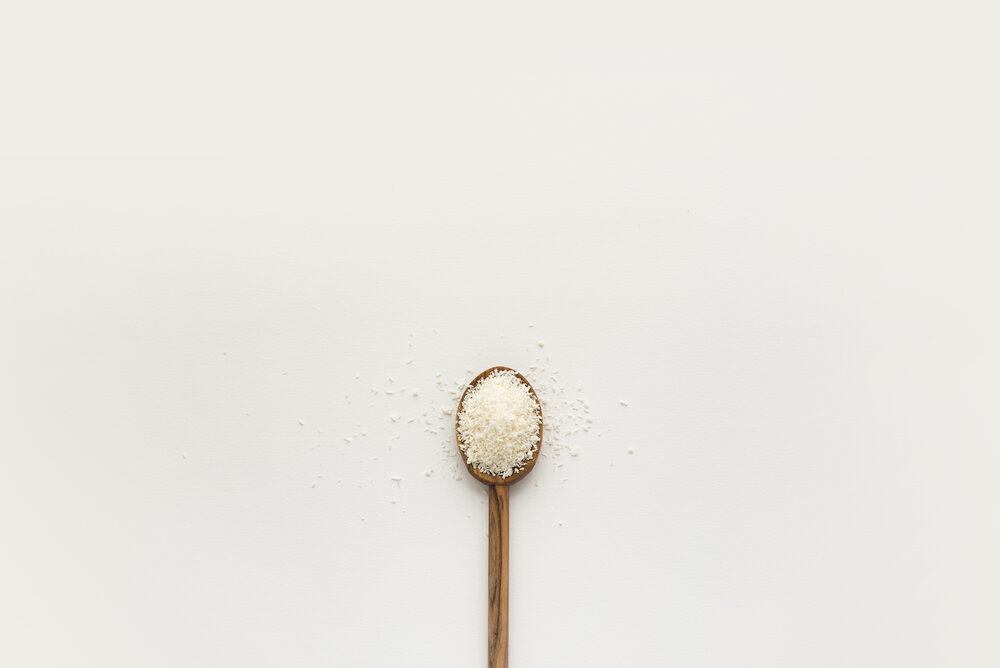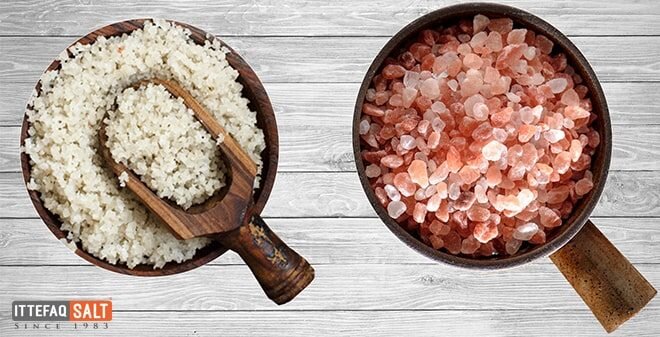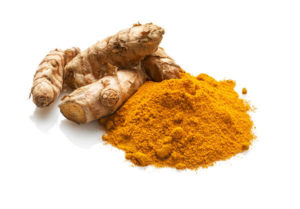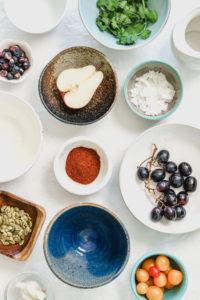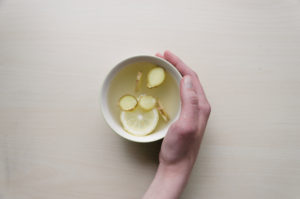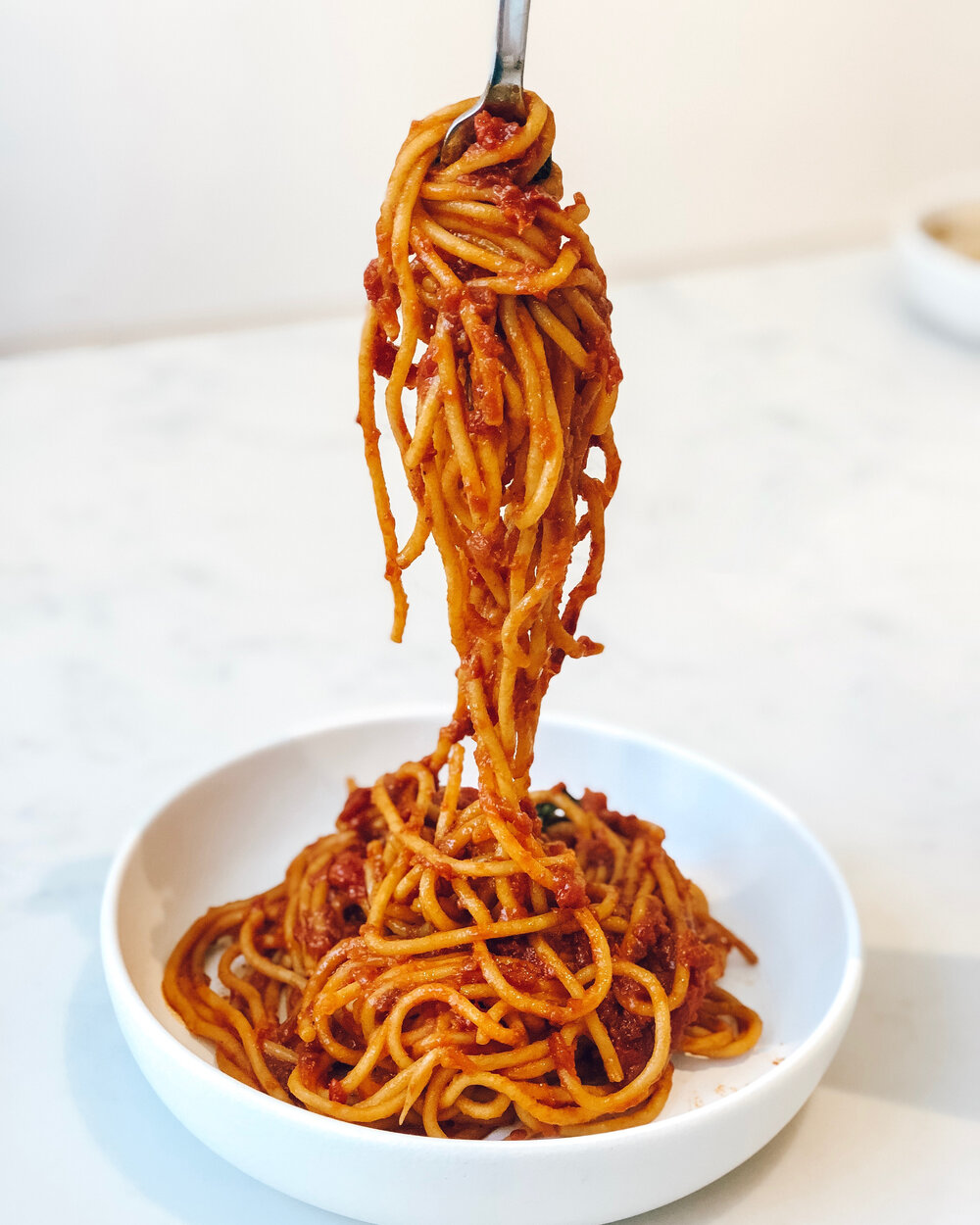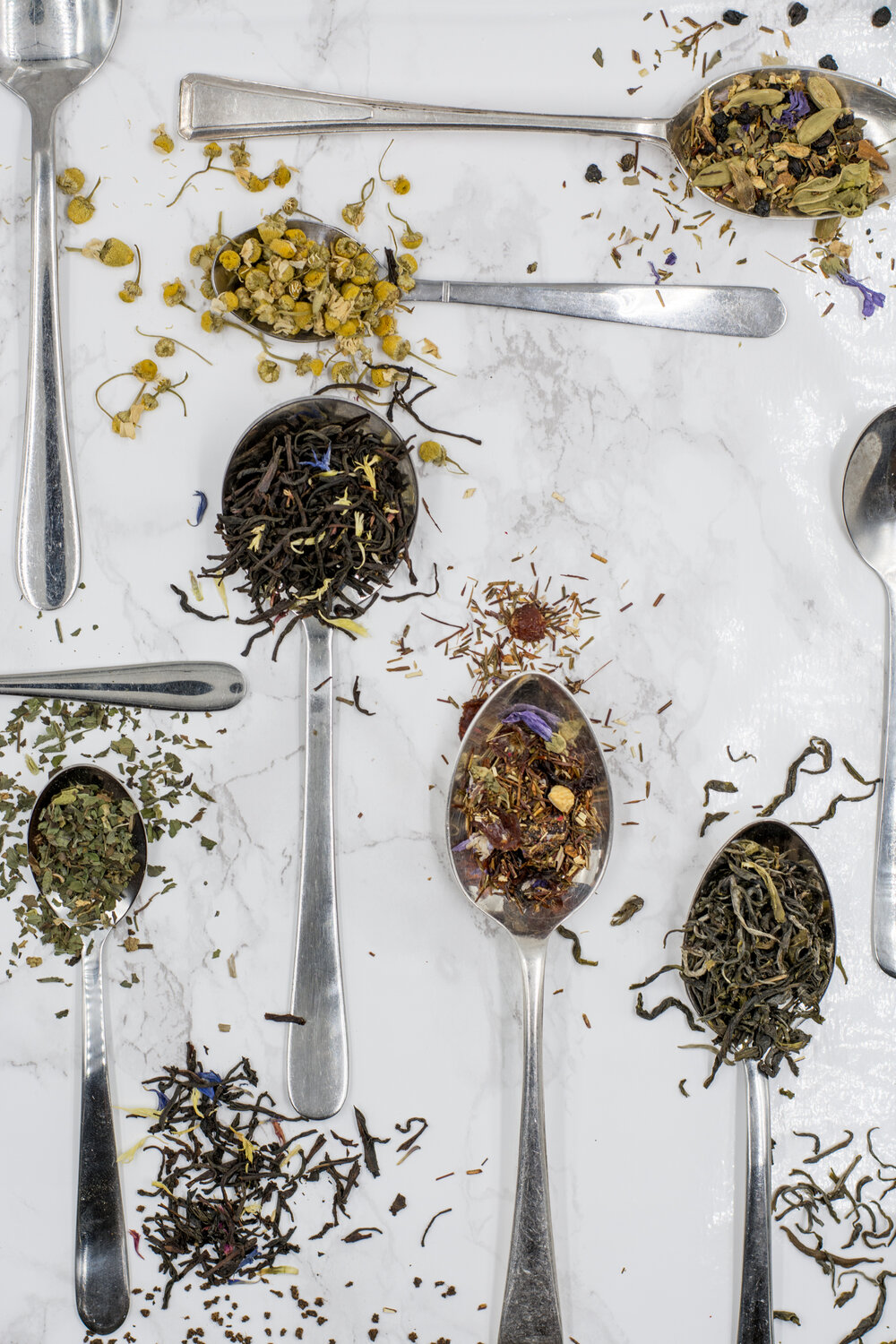- Post published:August 18, 2020
- Post category:Training
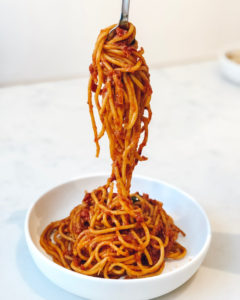
Carbohydrates, or “starchy” foods are made from wheat, rice, oats, cornmeal, barley and other grain products. It’s a common misconception that grain products like bread, cereal and pasta are fattening. They’re only fattening when we add condiments like butter, jelly, and mayonnaise. Products such as cakes, doughnuts and muffins are fattening because of the added oil and sugar when they’re manufactured. Grain products can be broken down into two types.
Carbohydrates provide fuel for our body. The building blocks of carbohydrates are carbon, hydrogen and oxygen. As we ingest carbohydrates, they are turned into glucose and distributed through our bloodstream as a source of energy to fuel the muscles and brain. If they are not needed immediately, the carbohydrates will be converted into glycogen and stored in the muscles and liver for future use (like an energy reserve). Any excess carbohydrates that cannot be used as glucose or stored as glycogen, are converted to fatty acids, or body fat.
Carbohydrates can be broken down into two categories, simple and complex.
Simple Carbohydrates – “Sugar,” “High GI,” “Artificial”
These carbohydrates, such as chocolate and soda are “simple” because they’re easily broken down and digested. They rush into our bloodstream, absorb quickly and provide a quick boost of energy. The body’s natural defense mechanism is to trigger the hormone insulin to help neutralize the sugar. The insulin does its job, but it decreases our blood sugar to levels below normal. This results in a “sugar crash,” the sense of needing more fuel, energy and calories, leaving us craving more simple carbohydrates and reigniting the cycle. We end up eating more calories than we need and the body’s only option is to store the excess carbohydrates as fat.
Simple carbohydrates are usually processed or refined and considered “empty calories” because they do not provide any nutritional benefits. These foods are void of vitamins and minerals. They’ve been shown to cause wild swings in blood sugar levels, which leads to cravings, compulsive eating, weight gain and even mood swings. Over consumption of simple carbohydrates has been associated with a higher incidence of cardiovascular disease, diabetes and other diseases.
These products have been milled to remove the wheat and germ. The reason food manufacturers do this is because it produces a finer texture and it improves the shelf life of the product. The problem is that this process removes the healthiest part of the grain, the elements that contain all of the vitamins and fiber. These foods are characteristically white, or light in color. Not all simple carbohydrates are bad, however. Natural, unprocessed carbohydrates such as fruit and honey contain digestive enzymes, vitamins and other nutritional benefits.
Examples of Simple Carbohydrates
Table Sugar
Corn Syrup
Fruit Juice
Candy
Cake
White Flour
Soda
Chocolate
While it is important for your diet to consist primarily of whole grains, due to the enhanced composition of nutrients and slow absorption rate, it is beneficial to consume refined or simple carbohydrates post exercise.
During the exercise or workout, your muscles use glucose (available fuel) and glycogen (stored fuel) for energy. When you use up both of these energy sources, your body produces a hormone called cortisol, which is very harmful to the body because it causes stress and catabolic effects on muscle tissue. However, simple carbs help restore the muscle glycogen that was depleted during exercise and they release insulin which helps move vital nutrients through the blood stream, preventing muscle breakdown while promoting efficient recovery.
Complex Carbohydrates – “Starchy,” “Low GI,” “Natural”
These carbohydrates, such as grains and vegetables, are “complex” because our digestive system has to work harder to break them down. They digest slowly, resulting in a steady stream of energy flowing into our bloodstream. These carbohydrates do not produce an overproduction of insulin because they do not overwhelm our body with a large amount of sugar all at once. The time-release effect keeps us feeling full longer, stabilizes blood sugar levels and provides a sustained energy source – keeping our energy at an even level.
Complex carbohydrates are natural, whole foods and they offer several nutritional advantages over simple carbohydrates. These products contain the entire grain kernel, the part of the grain that contains all of the vitamins, minerals and fiber. These foods are characteristically brown, or light in color and contain high fiber content, as well as slow absorption rates that do not have a profound effect on blood sugar levels. These foods inherently contain more vitamins, minerals and digestion improving, fiber. Diets rich in complex carbohydrates have been shown to lower cholesterol, and reduce the risk of high blood pressure and heart disease.
Examples of Complex Carbohydrates
Brown Rice
Beans
Whole Wheat
Oatmeal
Potatoes
Pasta
Whole Grains
Key words to help you identify whole grains are “whole wheat,” “whole grain,” “100% wheat,” “multi-grain.” Another trick to identify whole grains is to look at the fiber content on the nutrition label, as whole grains inherently contain high amounts of fiber. Most of your diet should be comprised of these types of carbohydrates.
 Protein is the building block of muscles and organs. It’s also a component in our skin, hair, bones and tendons. Protein is critical for the body to build, repair and generate new tissues. Composed of a sequence of amino acids, 14 of which the body is able to produce on its own, and the remaining, called Essential Amino Acids – those of which we must obtain from the foods we eat.
Protein is the building block of muscles and organs. It’s also a component in our skin, hair, bones and tendons. Protein is critical for the body to build, repair and generate new tissues. Composed of a sequence of amino acids, 14 of which the body is able to produce on its own, and the remaining, called Essential Amino Acids – those of which we must obtain from the foods we eat.